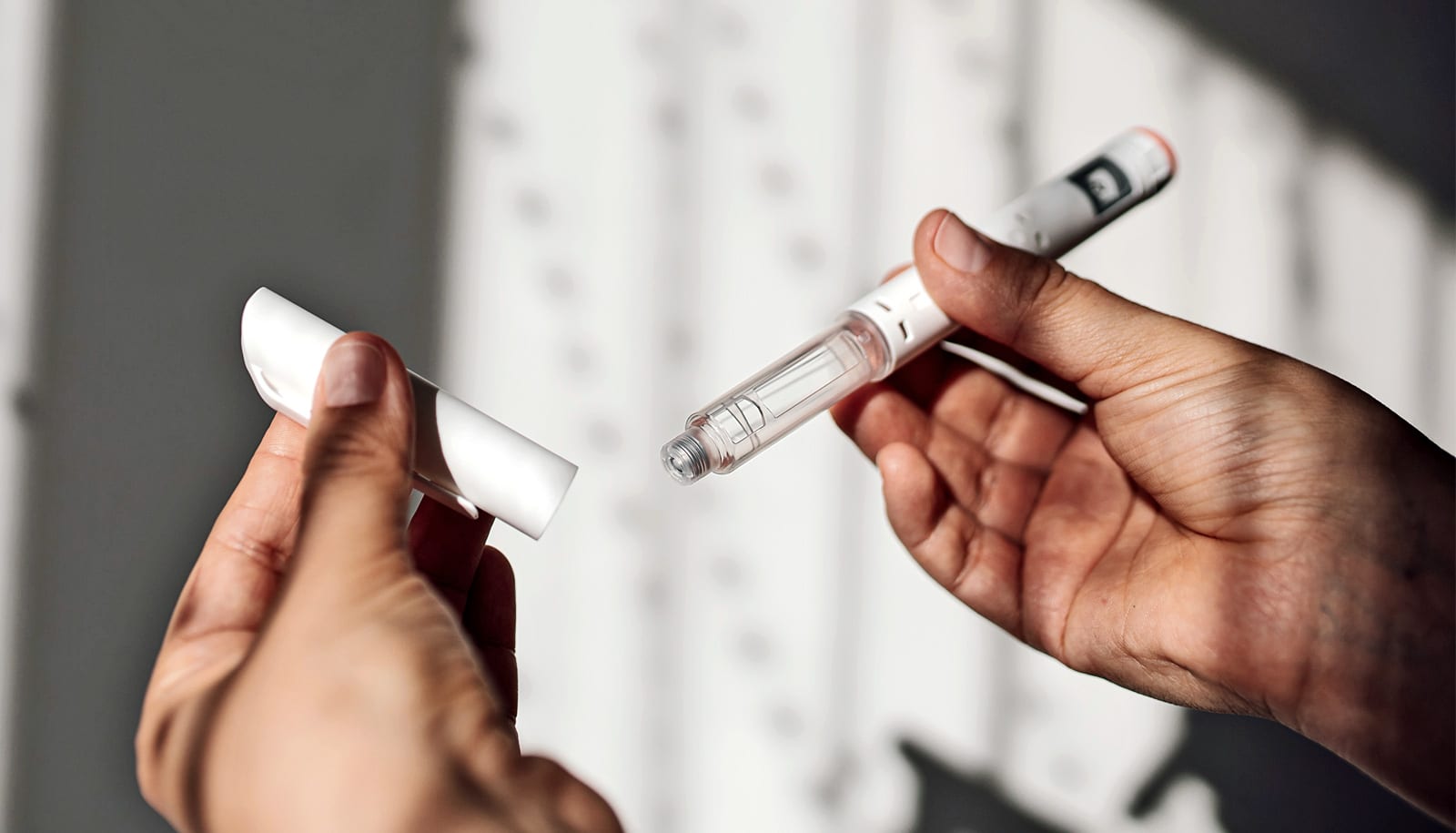Researchers have discovered how to dynamically manage the allocation of essential resources inside engineered cells. The research could advance the potential of synthetically programming cells to combat disease and produce new drugs.
They developed a way to efficiently control the distribution of ribosomes—microscopic “factories” inside cells that build proteins that keep the cell alive and functional—to both the synthetic circuit and the host cell.
Researchers can add synthetic circuitry to cells to enhance them and make them perform bespoke functions—providing vast new possibilities for the future of health care and pharmaceuticals, including the potential for cells specially programmed to produce novel antibiotics and other useful compounds.
“Synthetic biology is about making cells easier to engineer so that we can address many of the most important challenges facing us today—from manufacturing new drugs and therapies to finding new biofuels and materials,” says Declan Bates, professor of bioengineering at the University of Warwick’s School of Engineering and co-director of the Warwick Integrative Synthetic Biology Centre (WISB). “It’s been hugely exciting in this project to see an engineering idea, developed on a computer, being built in a lab and working inside a living cell.”
A cell only has a finite number of ribosomes, and the synthetic circuit and host cell in which the circuitry is inserted both compete for this limited pool of resources. It is essential that there are enough ribosomes for both, so they can survive, multiply, and thrive. Without enough ribosomes, either the circuit will fail, or the cell will die—or both.
Using the engineering principal of a feedback control loop, common in aircraft flight control systems, the researchers have developed and demonstrated a unique system through which ribosomes can be distributed dynamically. This means that when the synthetic circuit requires more ribosomes to function properly, more will be allocated to it, and less allocated to the host cell, and vice versa.
“The ultimate goal of the selective manipulation of cellular functions like the one carried out in this project is to understand fundamental principles of biology itself. By learning about how cells operate and testing the constraints under which they evolve, we can come up with ways of engineering cells more efficiently for a wide range of applications in biotechnology,” says José Jiménez, lecturer in synthetic biology at the University of Surrey’s Faculty of Health and Medical Sciences.
Circuit programs human cells to add and subtract
Based on an original idea arising from discussions between Alexander Darlington, a PhD candidate at the University of Warwick, and Jiménez, researchers tested and analyzed the theory of dynamically allocating resources in cells with mathematical modeling at Warwick, and then built and demonstrated in the laboratory at the University of Surrey.
The researchers report their findings in the journal Nature Communications.
Source: University of Warwick



